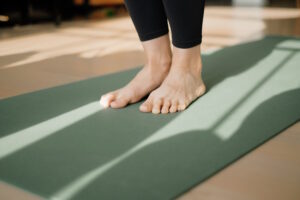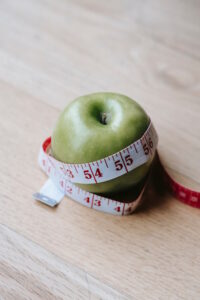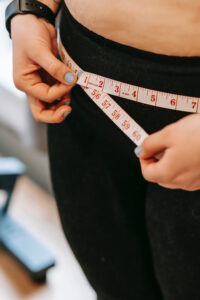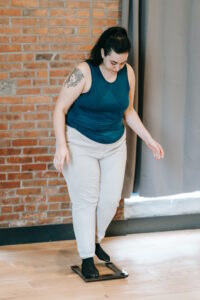
Pilates is a versatile and effective exercise method that can be done conveniently at home, making it an excellent option for those seeking weight loss and overall fitness improvements. Whether you are new to Pilates or a seasoned practitioner, maximizing your success with Pilates for weight loss at home requires a combination of dedication, proper technique, and consistency. In this guide, we will provide practical tips and tricks to help you achieve your weight loss goals through Pilates in the comfort of your own home.
How to lose weight fast with Pilates?
While Pilates is not a high-intensity, rapid weight loss program, it can contribute to weight loss when combined with other factors. To enhance your weight loss potential with Pilates:
1. Incorporate dynamic exercises: Choose Pilates workouts that include dynamic movements and increase the intensity of your practice. Engage in exercises that elevate your heart rate and promote calorie burn.
2. Add cardio elements: To expedite weight loss, combine Pilates with cardio exercises like jumping jacks, high knees, or skipping rope. These activities boost your calorie expenditure and support overall fat loss.
3. Maintain a balanced diet: Weight loss is a combination of exercise and diet. Focus on a balanced diet rich in whole, nutrient-dense foods, and avoid excessive calorie intake.
Can you lose weight doing Pilates at home?
Yes, you can lose weight effectively by doing Pilates at home. Home-based Pilates workouts can be just as effective as studio classes when approached with dedication and proper form. The key is to find high-quality Pilates videos or online classes led by certified instructors that align with your fitness level and weight loss goals.
By creating a consistent Pilates routine at home and complementing it with other forms of exercise and a balanced diet, you can achieve significant weight loss results.
How many days a week should I do Pilates to lose weight?
The frequency of Pilates sessions for weight loss depends on your fitness level, schedule, and overall health goals. For effective weight loss results, aim to practice Pilates at least 2 to 3 times per week. Consistency is vital, so choose a schedule that you can realistically maintain.
Incorporate rest days in between Pilates sessions to allow your body to recover and prevent overtraining. Balance your Pilates routine with other forms of exercise, such as cardio workouts or strength training, to create a well-rounded fitness plan.
How do I get the best results from Pilates?
To get the best results from Pilates for weight loss at home, consider the following tips:
1. Focus on proper form: Pay attention to your alignment and engage the correct muscles during each exercise. Proper form ensures you target the intended muscle groups effectively and reduces the risk of injury.
2. Gradually increase intensity: As you become more comfortable with Pilates, gradually increase the intensity of your workouts. Challenge yourself with more advanced exercises or longer durations to continue progressing.
3. Stay consistent: Consistency is key to success with Pilates for weight loss. Create a weekly schedule that includes designated Pilates days and stick to it.
4. Combine with other exercises: While Pilates is beneficial, combining it with other exercises, such as cardio or strength training, can optimize your weight loss results and promote overall fitness.
In summary, Pilates for weight loss at home can be highly effective when approached with dedication and proper technique. Focus on dynamic exercises, incorporate cardio elements, and maintain a balanced diet to enhance weight loss potential. Practice Pilates at least 2 to 3 times per week, and ensure you engage in other forms of exercise to create a comprehensive fitness routine. Embrace proper form, gradually increase intensity, and stay consistent to get the best results from your home-based Pilates workouts. Remember that weight loss is a journey, and combining Pilates with a healthy lifestyle will support your overall well-being and fitness goals.








